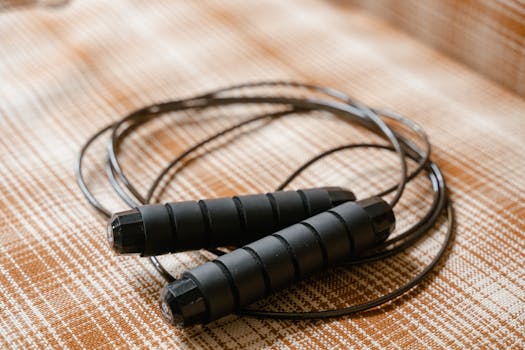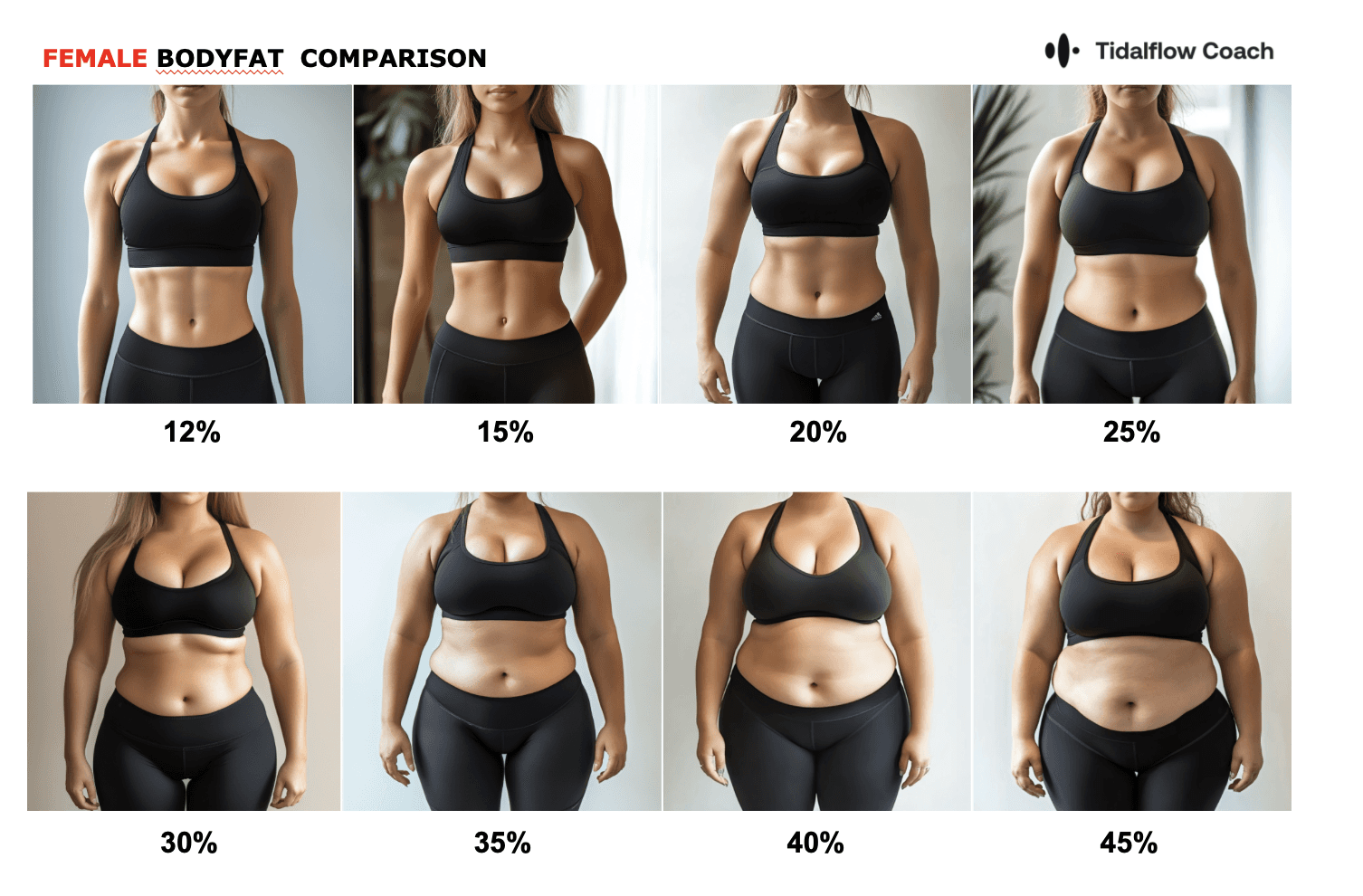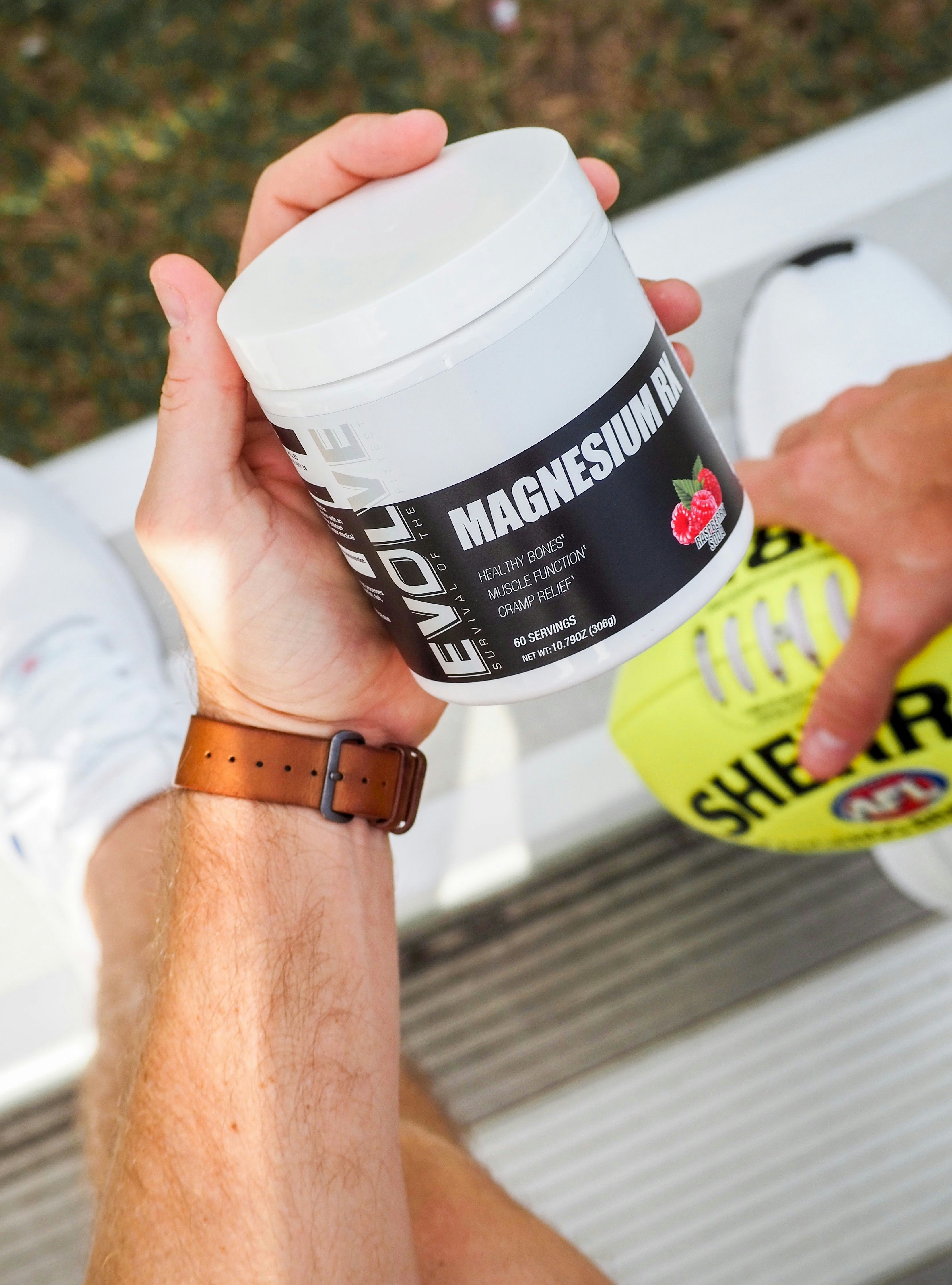Cable Shoulder Workouts: A Guide to Strong, Toned Shoulders
Sep 19, 2024
Are you looking to build strong, sculpted shoulders that turn heads? Cable shoulder workouts might be just what you need to take your upper body training to the next level. In this comprehensive guide, we'll explore the benefits of cable shoulder exercises, provide a variety of effective workouts, and offer expert tips to maximize your gains. Whether you're a beginner or an experienced lifter, you'll find valuable information to enhance your shoulder training routine.
Why Choose Cable Shoulder Workouts?
Cable machines offer unique advantages for shoulder training:
Constant Tension: Unlike free weights, cables maintain tension throughout the entire range of motion, leading to better muscle engagement.
Versatility: Cable machines allow for a wide variety of exercises and angles, targeting all parts of the shoulder complex.
Stability: Cables provide a level of stability that can be beneficial for beginners or those recovering from injuries.
Customizable Resistance: You can easily adjust the weight to match your strength level and progressively overload your muscles.
Improved Mind-Muscle Connection: The smooth motion of cable exercises can help you focus on the targeted muscles.
Joint-Friendly: Cable exercises often put less stress on the joints compared to heavy free-weight exercises, making them a great option for those with shoulder issues.
Understanding Shoulder Anatomy
Before diving into the workouts, let's briefly review shoulder anatomy. The shoulder complex consists of three main muscles:
Anterior Deltoid: The front part of the shoulder, involved in pushing and raising the arm forward.
Lateral Deltoid: The middle part of the shoulder, responsible for lifting the arm to the side.
Posterior Deltoid: The rear part of the shoulder, which helps pull the arm backward.
A well-rounded shoulder workout should target all three heads of the deltoid muscle for balanced development and optimal function. Additionally, the rotator cuff muscles play a crucial role in shoulder health and stability, so it's important not to neglect them in your training.

Essential Cable Shoulder Exercises
Let's explore some of the most effective cable shoulder exercises you can incorporate into your workouts:
1. Cable Lateral Raise
This exercise primarily targets the lateral deltoid:
Stand sideways to the cable machine, holding the handle with your outside hand.
Keep a slight bend in your elbow and raise your arm out to the side until it's parallel to the ground.
Lower slowly back to the starting position.
Perform 3 sets of 12-15 reps for each arm.
2. Cable Front Raise
This movement focuses on the anterior deltoid:
Stand facing away from the cable machine, holding the handle with both hands in front of your thighs.
Keep your arms straight and raise them in front of you until they're parallel to the ground.
Lower slowly back to the starting position.
Aim for 3 sets of 10-12 reps.
3. Cable Rear Delt Fly
This exercise targets the often-neglected posterior deltoid:
Set the cable at chest height and stand facing the machine.
Grab the left handle with your right hand and the right handle with your left hand, crossing your arms.
Keep a slight bend in your elbows and pull your arms back and out to the sides.
Slowly return to the starting position.
Perform 3 sets of 12-15 reps.
4. Cable Shoulder Press
This compound movement engages all parts of the deltoid:
Set the cables at shoulder height and stand in the center of the machine.
Grab a handle in each hand and position them at shoulder level.
Press the handles overhead until your arms are fully extended.
Lower slowly back to the starting position.
Aim for 3 sets of 8-10 reps.
5. Cable Upright Row
This exercise works the lateral and anterior deltoids:
Stand facing the cable machine, holding a straight bar attachment at thigh level.
Pull the bar up towards your chin, keeping it close to your body.
Lower slowly back to the starting position.
Perform 3 sets of 10-12 reps.
6. Face Pull
This exercise targets the rear deltoids and rotator cuff muscles:
Set the cable at head height and attach a rope handle.
Grasp the rope with both hands and step back to create tension.
Pull the rope towards your face, separating your hands as you pull.
Slowly return to the starting position.
Perform 3 sets of 12-15 reps.
7. Cable Y Raise
This exercise targets the upper traps and anterior deltoids:
Set the cables at the lowest position and stand facing away from the machine.
Grasp a handle in each hand and raise your arms in a "Y" shape.
Lower slowly back to the starting position.
Aim for 3 sets of 10-12 reps.

Sample Cable Shoulder Workout Routines
Now that we've covered some key exercises, let's put them together into effective workout routines:
Beginner Cable Shoulder Workout
Cable Lateral Raise: 3 sets of 12 reps (each arm)
Cable Front Raise: 3 sets of 10 reps
Cable Rear Delt Fly: 3 sets of 12 reps
Cable Shoulder Press: 3 sets of 8 reps
Rest 60-90 seconds between sets.
Intermediate Cable Shoulder Workout
Cable Shoulder Press: 4 sets of 10 reps
Cable Lateral Raise: 3 sets of 15 reps (each arm)
Cable Front Raise: 3 sets of 12 reps
Cable Upright Row: 3 sets of 10 reps
Face Pull: 3 sets of 15 reps
Rest 45-60 seconds between sets.
Advanced Cable Shoulder Workout
Cable Shoulder Press: 4 sets of 8-10 reps
Superset: Cable Lateral Raise + Cable Front Raise: 3 sets of 12 reps each
Cable Upright Row: 3 sets of 12 reps
Face Pull: 3 sets of 15 reps
Cable Rear Delt Fly: 3 sets of 15 reps
Finisher: Cable Lateral Raise Dropset: 1 set to failure, drop weight and continue to failure
Rest 30-45 seconds between sets, 60 seconds between exercises.
Tips for Maximizing Your Cable Shoulder Workouts
To get the most out of your cable shoulder workouts, keep these tips in mind:
Focus on Form: Maintain proper form throughout each exercise to target the intended muscles and prevent injury. This is especially important for shoulder exercises, as the shoulder joint is complex and prone to injury if not trained properly.
Control the Eccentric: Lower the weight slowly during the negative portion of each rep to increase time under tension. This can lead to greater muscle growth and strength gains.
Progressive Overload: Gradually increase the weight or reps over time to continue challenging your muscles. This is key for ongoing progress and preventing plateaus.
Mind-Muscle Connection: Focus on feeling the targeted muscles working during each exercise. This can improve muscle activation and lead to better results.
Vary Your Angles: Experiment with different cable heights and body positions to target your shoulders from various angles. This can help ensure balanced development of all parts of the deltoid muscle.
Balance Your Training: Don't neglect other parts of your body. Incorporate chest, back, and leg exercises into your overall routine for balanced development.
Warm-Up Properly: Always start with a thorough warm-up to prepare your shoulders for the workout ahead. This can include dynamic stretches and light resistance exercises.
Incorporate Unilateral Exercises: Single-arm exercises can help address muscle imbalances and improve overall shoulder stability.
Don't Neglect Rotator Cuff Exercises: Include exercises that target the rotator cuff muscles to maintain shoulder health and prevent injuries.
Use a Full Range of Motion: Whenever possible, move through a full range of motion to maximize muscle engagement and flexibility.
Incorporating Cable Shoulder Workouts into Your Routine
To effectively incorporate cable shoulder workouts into your fitness routine, consider the following:
Frequency: Aim to train your shoulders 1-2 times per week, allowing for adequate recovery between sessions. This can vary based on your overall training split and recovery capacity.
Workout Split: If you're following a body part split, you might dedicate one day to shoulders. For a push/pull/legs split, include shoulder exercises on your push day alongside chest exercises.
Exercise Order: Start with compound movements like the cable shoulder press before moving on to isolation exercises. This allows you to lift heavier weights when you're fresh.
Volume: Adjust the total sets and reps based on your experience level and recovery capacity. Beginners might start with 9-12 total sets per week, while advanced lifters could handle up to 16-20 sets.
Rest and Recovery: Ensure you're getting adequate sleep and nutrition to support muscle growth and recovery. This is crucial for making consistent progress.
Complementary Exercises: Consider incorporating free weight exercises like dumbbell lateral raises or barbell overhead presses to complement your cable work.
Periodization: Vary your training intensity and volume over time to prevent plateaus and optimize gains. This could involve alternating between higher rep, lower weight phases and lower rep, higher weight phases.
Common Mistakes to Avoid
When performing cable shoulder workouts, be aware of these common mistakes:
Using Too Much Weight: This can lead to poor form and reduced muscle activation. Start with a weight you can control throughout the entire range of motion.
Neglecting Rear Delts: Many people focus too much on the front and side delts, leading to imbalances. Make sure to include exercises that target the posterior deltoid, like cable rear delt flyes.
Swinging the Weight: Using momentum to lift the weight reduces muscle engagement. Control the movement throughout the entire rep.
Improper Setup: Ensure you're positioned correctly for each exercise to target the intended muscles effectively. This includes setting the cable at the right height and standing in the correct position relative to the machine.
Overtraining: While it's important to challenge yourself, avoid training shoulders too frequently or with excessive volume, as this can lead to overuse injuries.
Ignoring Pain: If you experience pain during an exercise, stop immediately and reassess your form. Persistent pain should be evaluated by a healthcare professional.
Neglecting Rotator Cuff Training: The rotator cuff muscles play a crucial role in shoulder health. Include exercises like face pulls to strengthen these muscles.
Poor Posture: Maintain good posture throughout your exercises. Slouching or rounding your shoulders can lead to improper muscle engagement and potential injury.
Nutrition for Shoulder Development
To support your shoulder training efforts, pay attention to your nutrition:
Protein: Consume adequate protein (about 1.6-2.2 grams per kg of body weight) to support muscle repair and growth. Include sources like lean meats, fish, eggs, and plant-based proteins.
Carbohydrates: Include complex carbs to fuel your workouts and aid in recovery. Whole grains, fruits, and vegetables are excellent choices.
Healthy Fats: Incorporate sources of healthy fats to support hormone production and overall health. Avocados, nuts, and olive oil are great options.
Hydration: Drink plenty of water before, during, and after your workouts to maintain performance and aid in recovery.
Timing: Consider having a protein-rich meal or shake within 30 minutes after your workout to support muscle recovery.
Micronutrients: Ensure you're getting a variety of vitamins and minerals to support overall health and recovery. A balanced diet rich in fruits and vegetables can help meet these needs.
Calorie Balance: Depending on your goals (muscle gain or fat loss), adjust your calorie intake accordingly. For muscle gain, you'll need to be in a slight caloric surplus, while fat loss requires a caloric deficit.
The Role of Rest and Recovery
While training is crucial for building strong shoulders, rest and recovery are equally important:
Sleep: Aim for 7-9 hours of quality sleep per night. This is when your body repairs and builds muscle tissue.
Rest Days: Allow at least one full day of rest between shoulder workouts to prevent overtraining and promote recovery.
Active Recovery: On rest days, consider light activities like walking or yoga to promote blood flow and aid recovery.
Stress Management: High stress levels can impair recovery and muscle growth. Incorporate stress-reduction techniques like meditation or deep breathing exercises into your routine.
Foam Rolling: Use a foam roller to massage your shoulders and upper back, helping to relieve muscle tension and improve mobility.
Conclusion
Cable shoulder workouts offer a highly effective way to build strong, sculpted shoulders. By incorporating a variety of exercises that target all parts of the deltoid muscle, you can achieve balanced development and improve your overall upper body aesthetics.
Remember to focus on proper form, progressive overload, and balanced training for the best results. Combine your cable shoulder workouts with a well-rounded fitness routine and proper nutrition to maximize your gains.
Whether you're a beginner just starting your fitness journey or an experienced lifter looking to add variety to your shoulder training, cable exercises can be an excellent addition to your workout arsenal.
Ready to take your shoulder training to the next level? Consider trying Tidalflow's AI-powered personal training program. Our intelligent system can create a customized workout
You should not have to do it all on your own













